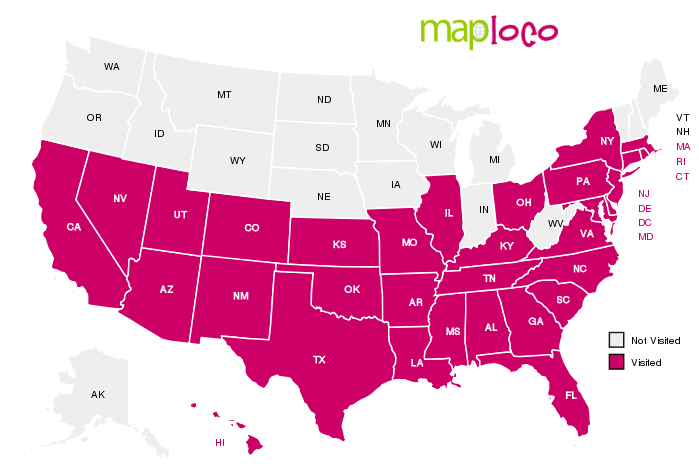Ten Steps for Taking Amazing Shots During the Golden Hour
My absolute favorite time of day is during the "golden hour" when the sun is setting. (I know that typically the sun rising is also considered "golden hour", but I like my sleep!) I've been practicing photographing during sunsets recently, and I thought I would share a few things I've learned.
1. PLAN!
Sunsets typically creep up on people. One minute it is a beautiful afternoon and you are out running errands, working in the yard, playing with the kids or dog, or doing whatever it is you like to do during the afternoon. Before you know it, the sun is setting and your camera is…where? Obviously not with you! My camera is never nearby during a pretty sunset! It's usually an ugly sunset if I'm all set up to take a picture of it!
But let's assume it's a gorgeous sunset and you have your camera nearby…
Look around you. Are your surroundings pretty? There you go. That's two things you need to plan for before taking a sunset shot. If I'm shooting a sunset, it's usually because I have a camera. Rarely do I have a great location. I love having a plan and being at the perfect place to shoot at the perfect time. Having a strong location and your camera with you is needed to undergird* an amazing sunset shot.
2. Set your ISO down. As in waaaaaayyyyyyyyy down.
I like shooting at 100 ISO when I can. Canon has this crazy amount of noise when you go above 800 ISO on my camera. Newer cameras have less noise at higher ISOs, but until I become rich I am shooting with my out-of-date but still new-to-me 60d with lots of noise at high ISOs. (I've heard Nikon's don't have much noise at high ISOs.)
3. While you are at it, take your aperture down too.
An aperture at f/22 won't let in nearly as much light, but it will make your image much clearer, especially if you are shooting both foreground and background. You want your camera to drink in the light… not gulp it!
4. Now slow your shutter speed waaaaayyyyyy down too.
With your ISO down and your aperture down, your images will come out pitch black unless you slow your shutter speed down too.
Fun story: Over the weekend as I was shooting the Biltmore Estate, I mentioned to Justin that I was worried about holding a filter next to my camera while using a slow shutter speed. Nearly everyone that was shooting the same scene as me looked at me like I was crazy. Apparently it is a foreign concept for a photographer to use a slow shutter speed at night. They were all using high ISOs, and I'm betting they were getting grainy images because of it.
5. Use a tripod.
Not using a tripod with a slow shutter speed is just asking for motion blur.
6. I recommend using bracketing if your camera has that option.
Bracketing will increase the likeliness of you getting the correct exposure with light shifting constantly during a sunset.
7. Buy a Neutral Density Grad filter.
An ND Grad filter has "black" glass on top and clear glass on the bottom. Basically it adds a stop to your sky, if you put the dark portion over your sky, which will make the sky look more saturated and detailed.
8. Use your camera's self-timer.
It will help with your slow shutter speed. The last thing you want to do is knock the camera accidentally while it is taking the picture.
9. Be patient and take lots of pictures.
The more pictures you take, the more likely you are to get a good shot. (I.e. getting the sky *just* right.)
10. Have fun!
I hope my ten steps help you to take amazing sunset shots!
Did I miss anything on my list? Let me know by leaving a comment!
Keep an eye out for a post by the end of this week. I have some Walmart 8x20 $5 mounted photo coupons to giveaway (along with some other surprises), and I know that would be awesome to have for all of those sunset pictures you will now be taking because of my list! :)
* Word of the day.
** This post is thanks to NaBloPoMo, offering bloggers tips on blogging, monthly blogging prompts, and chances to win prizes! :)






